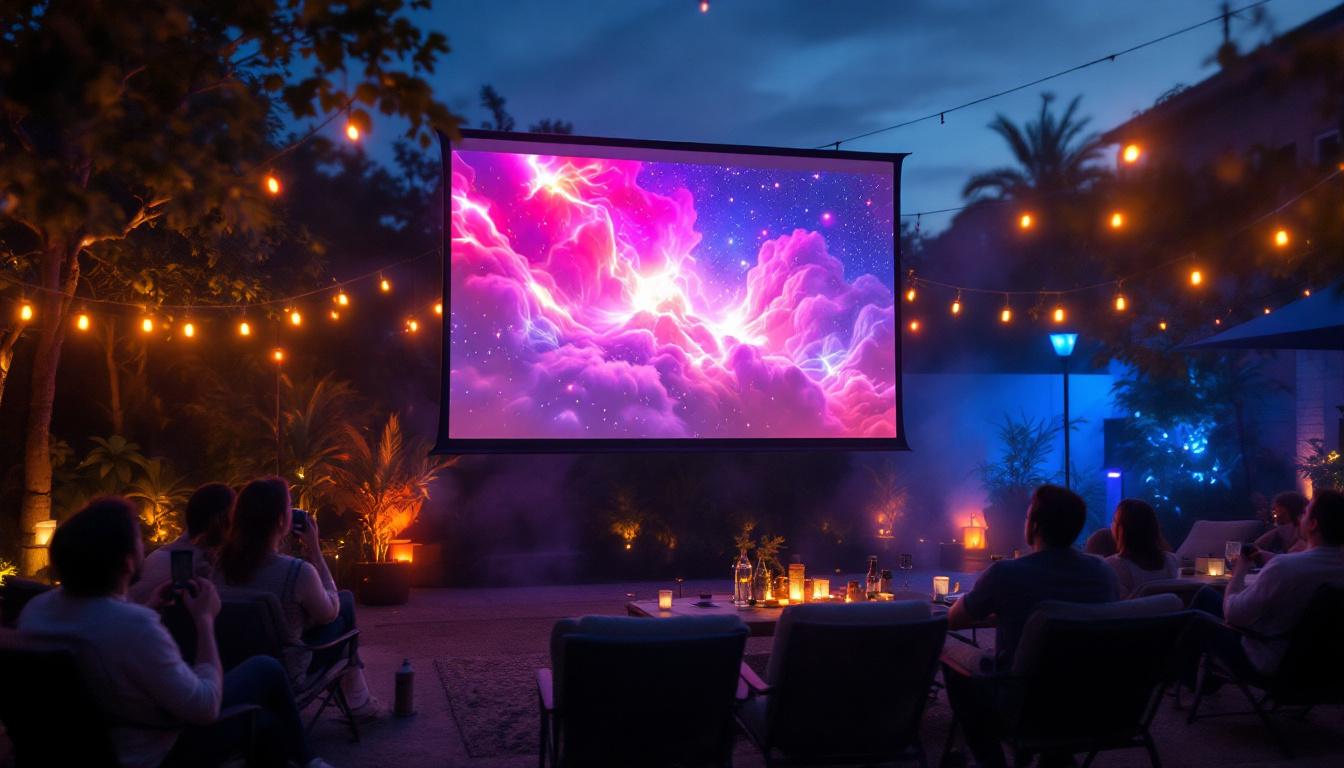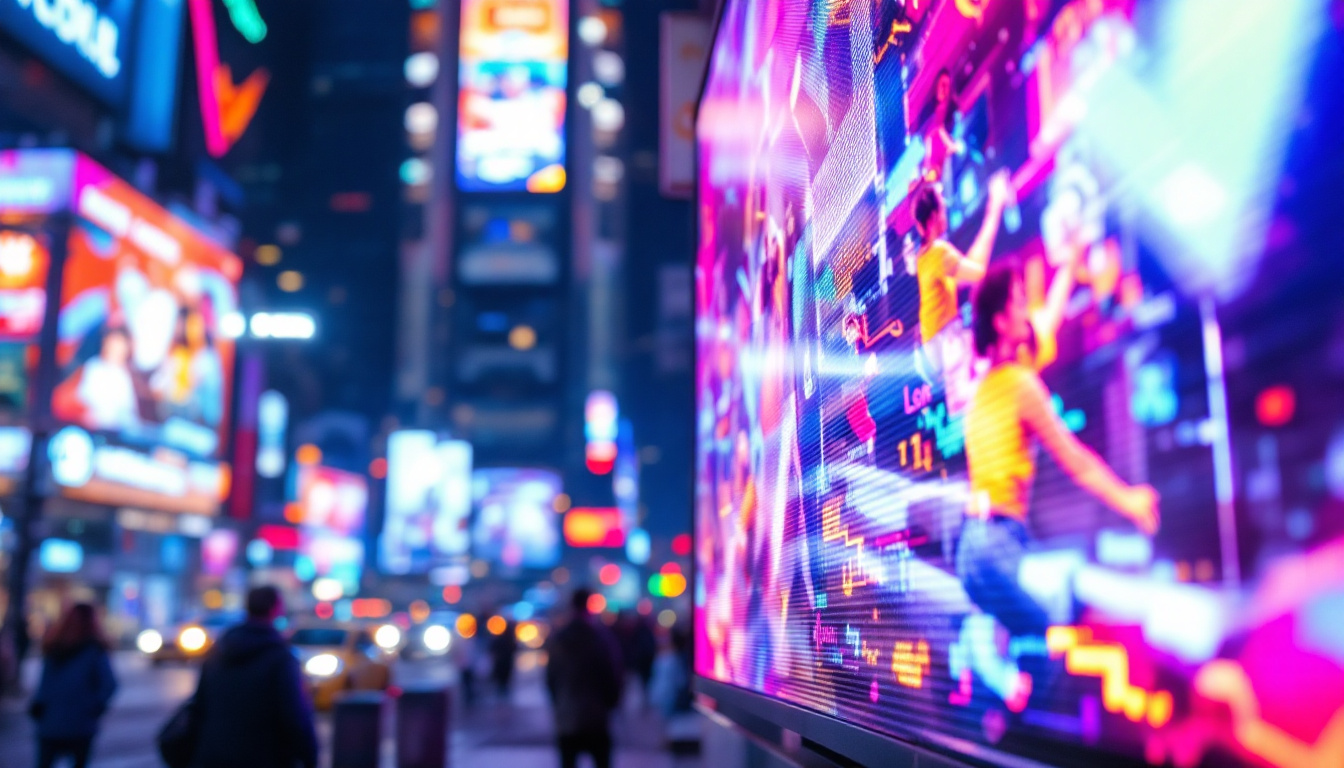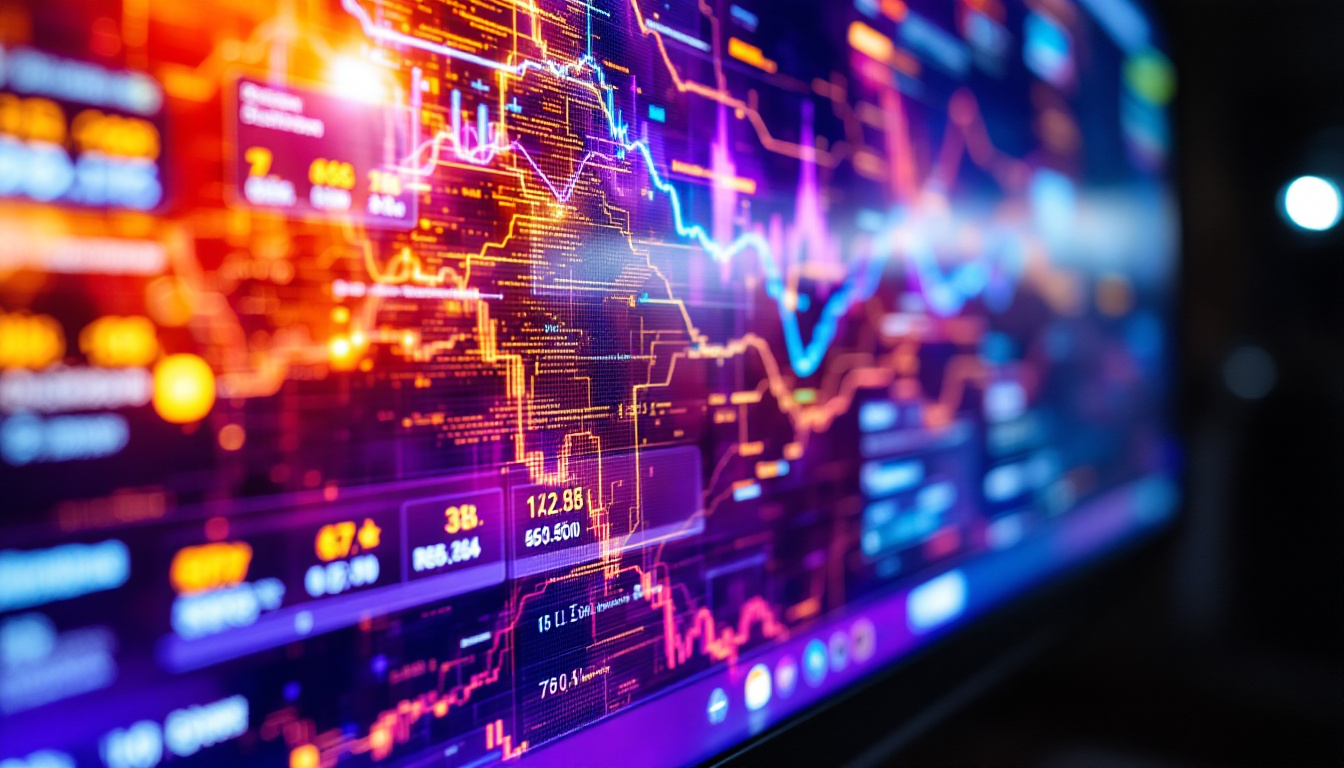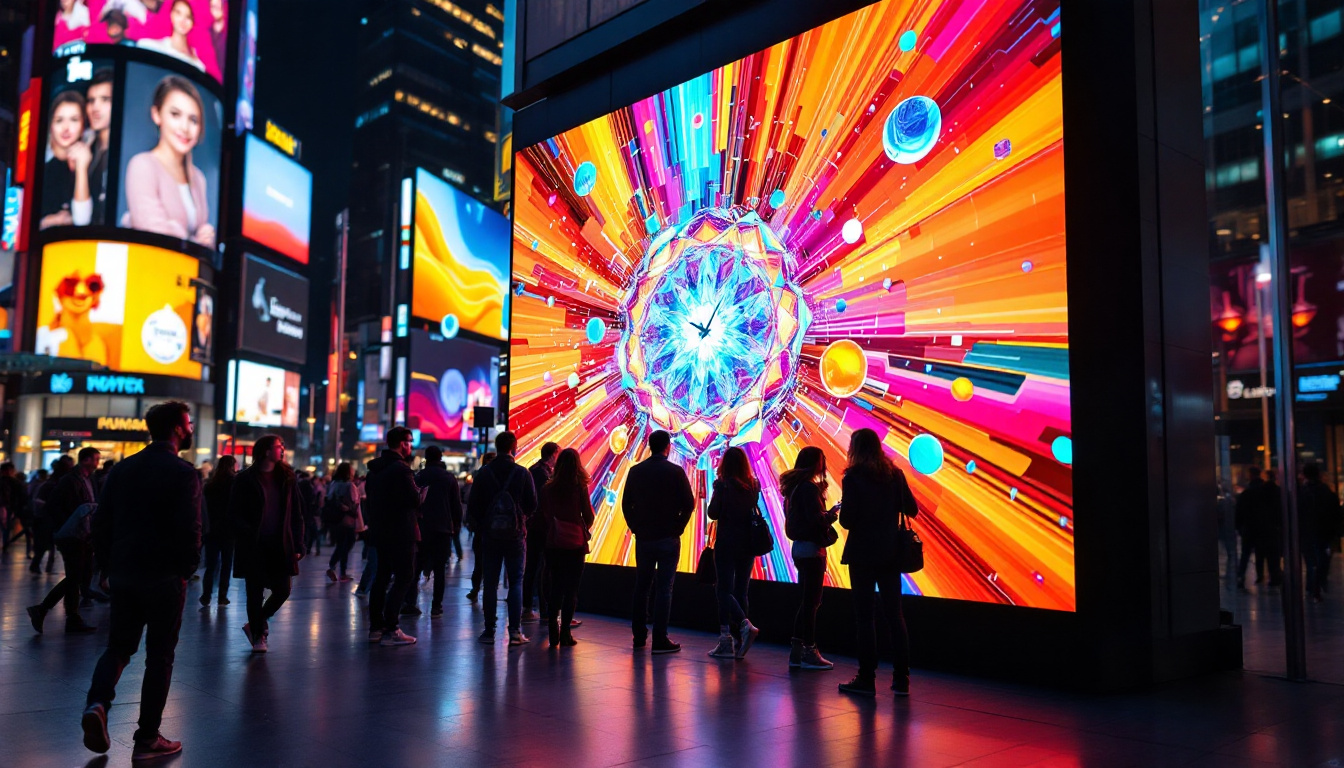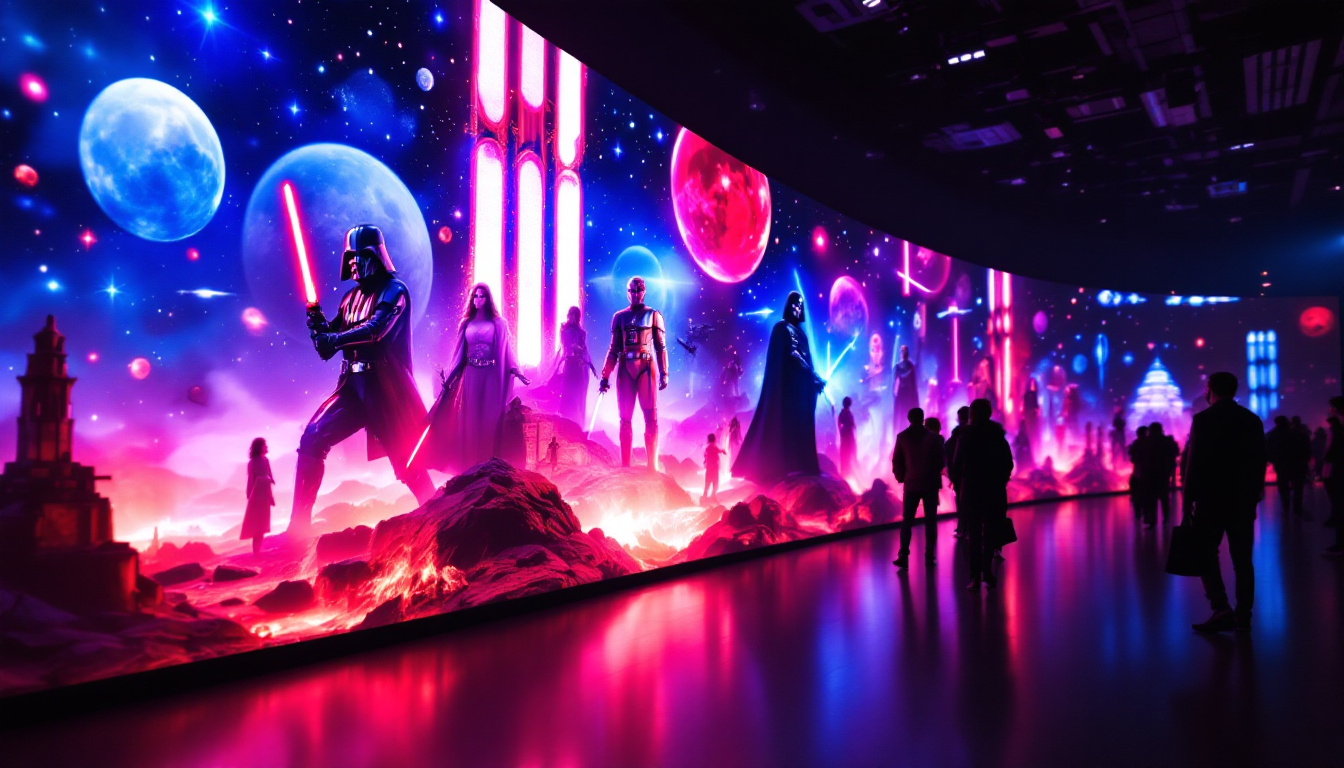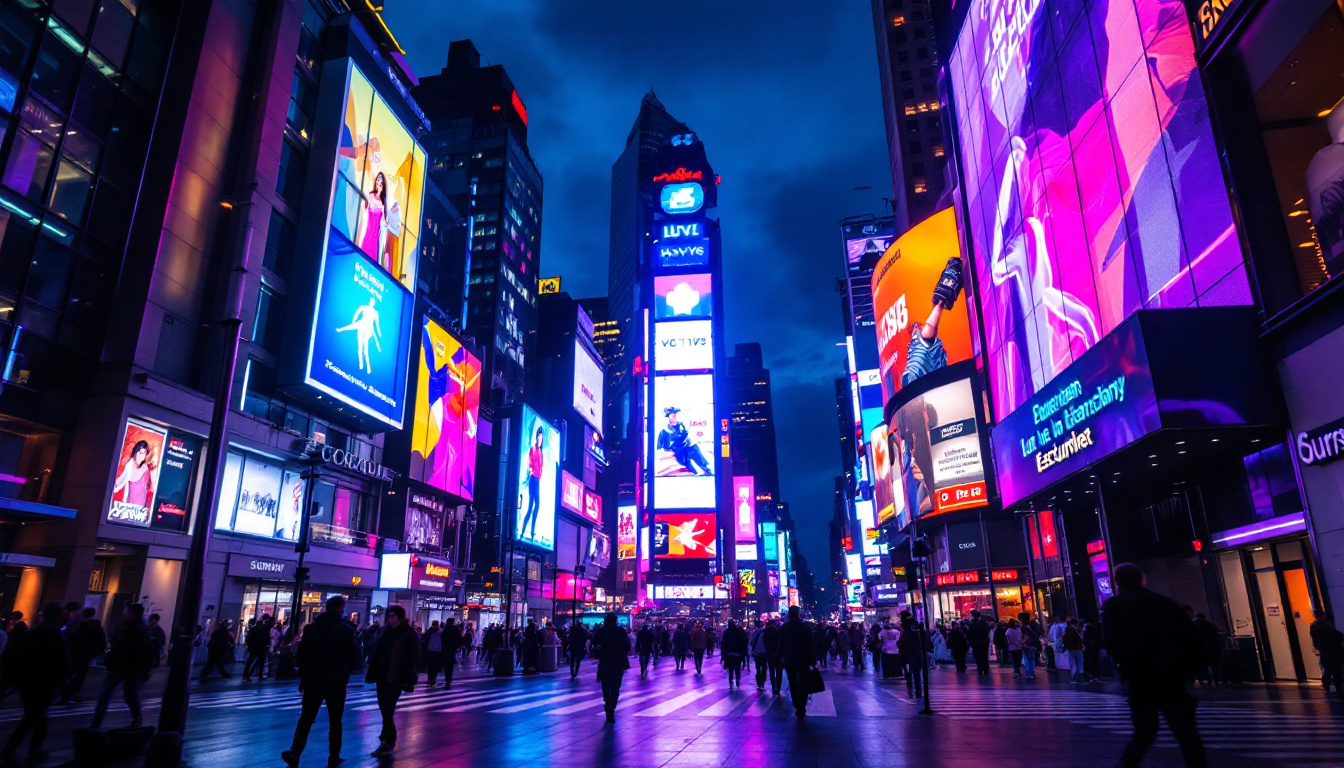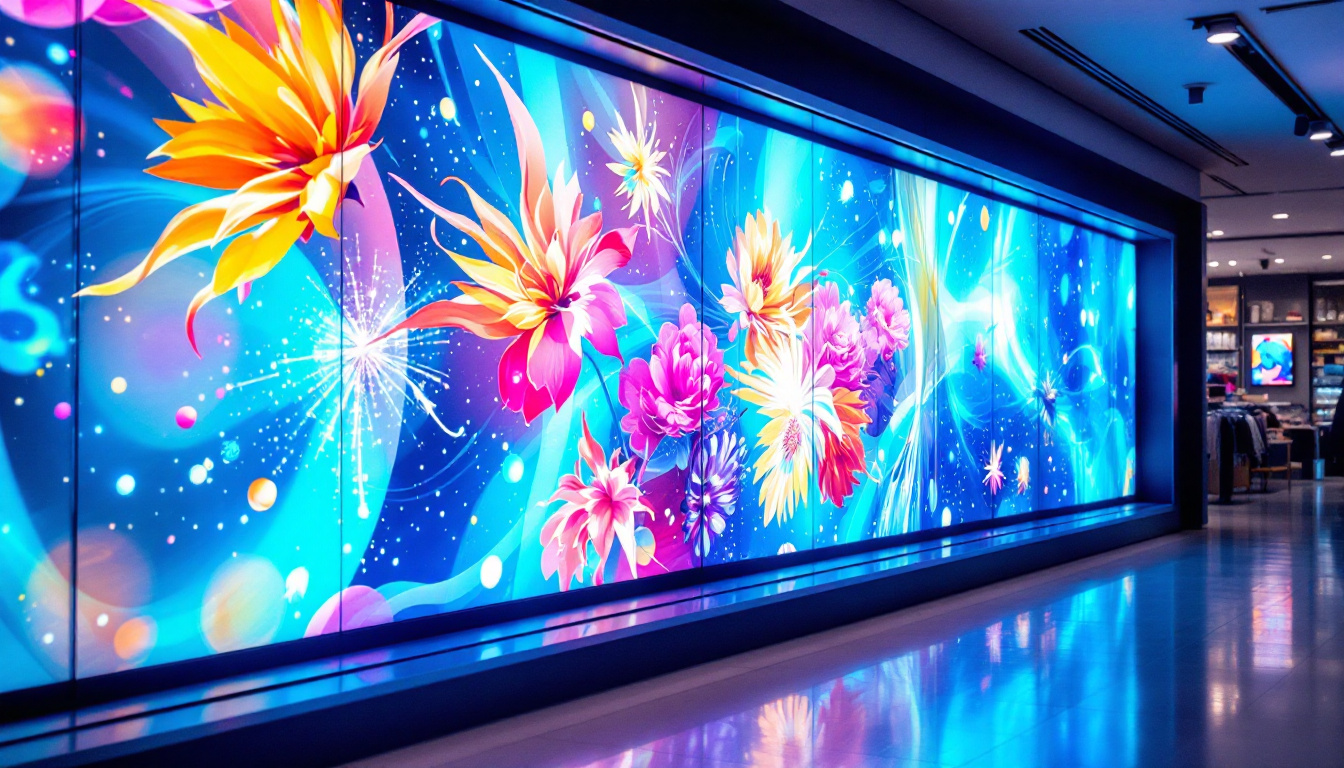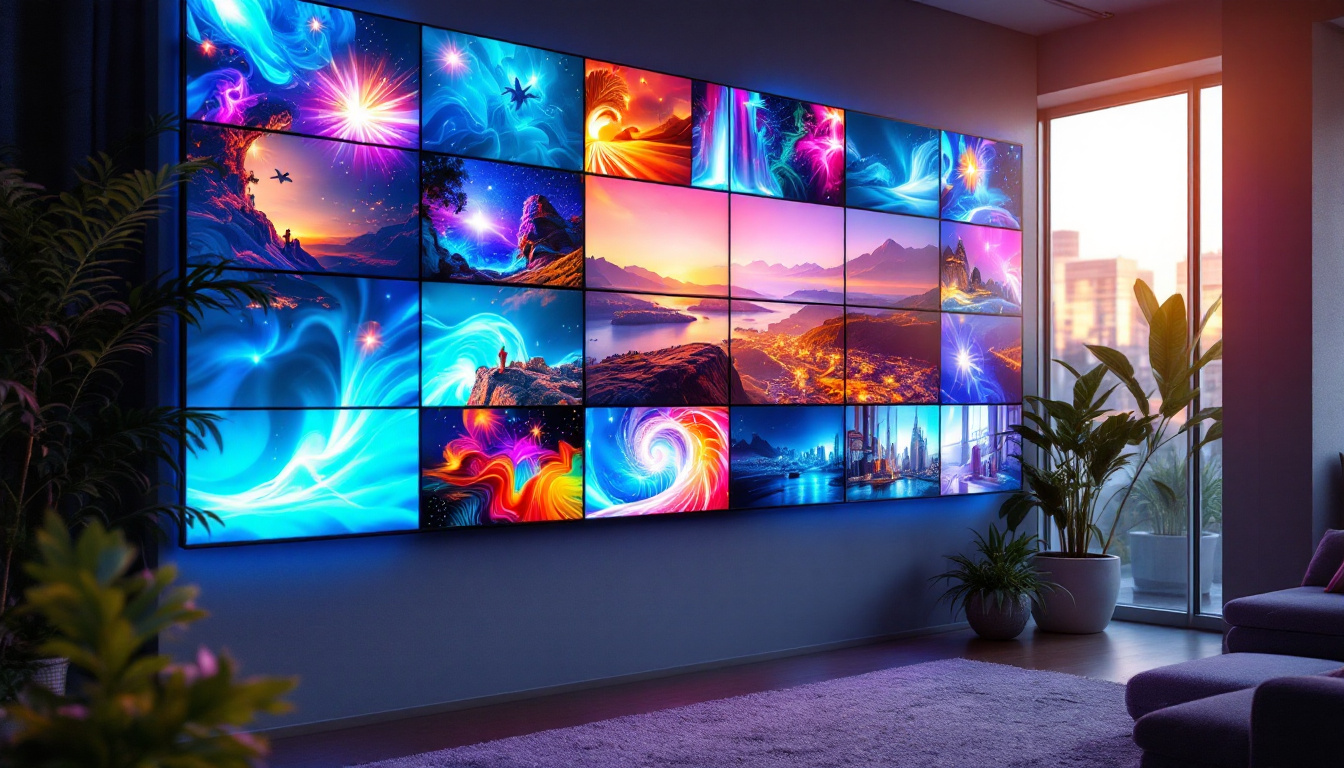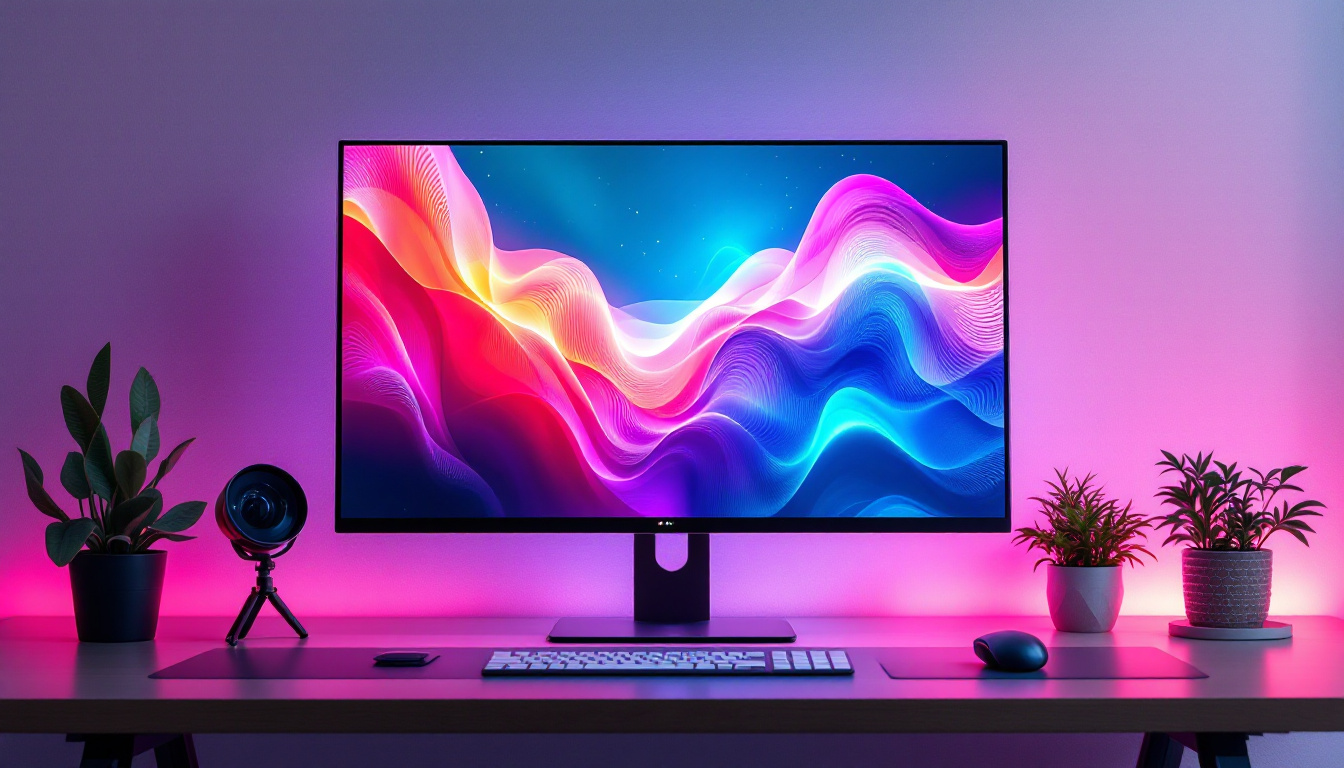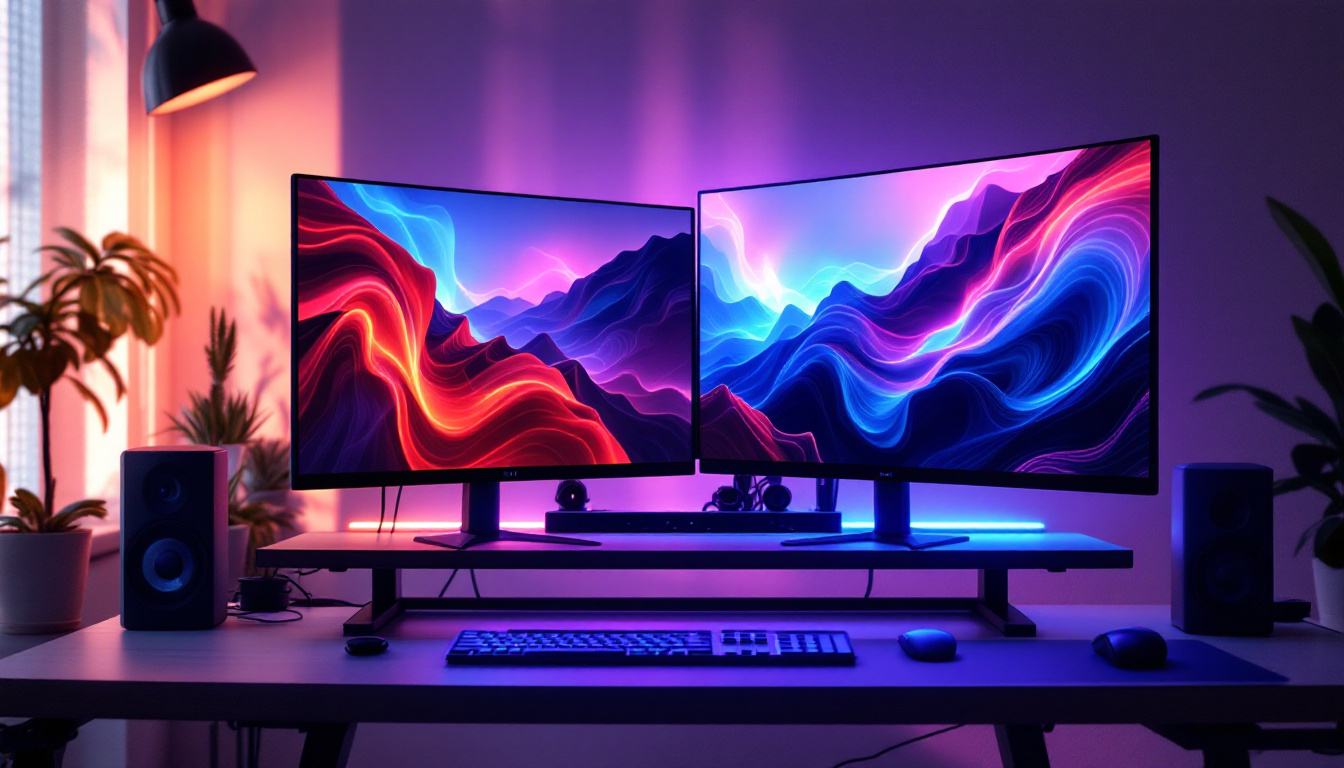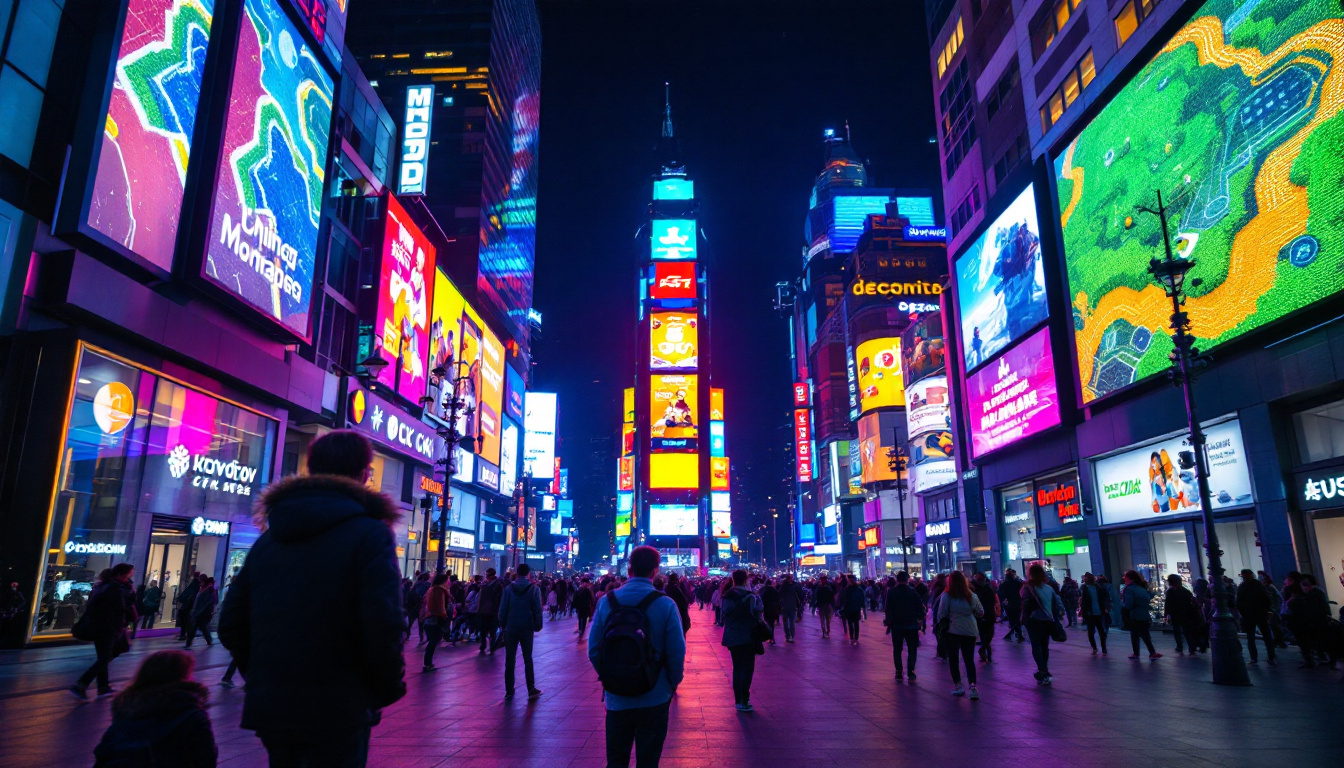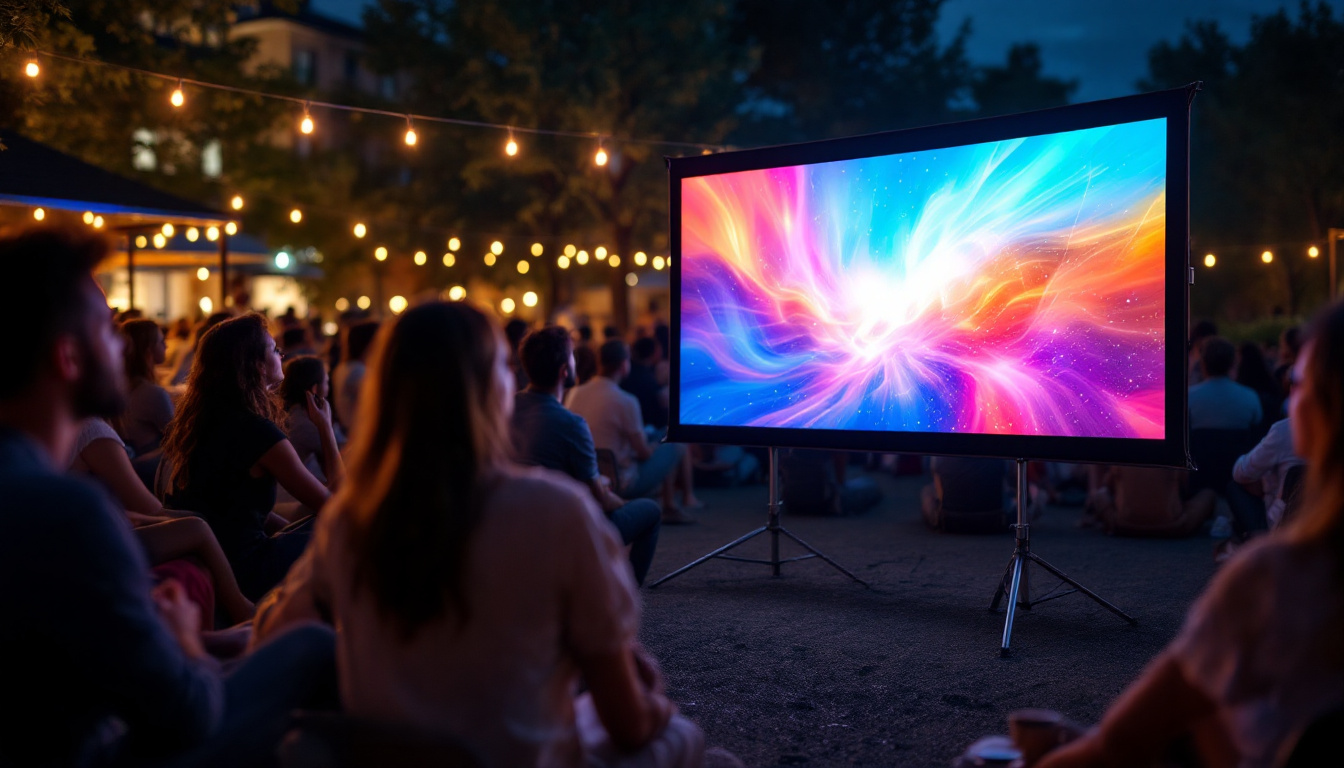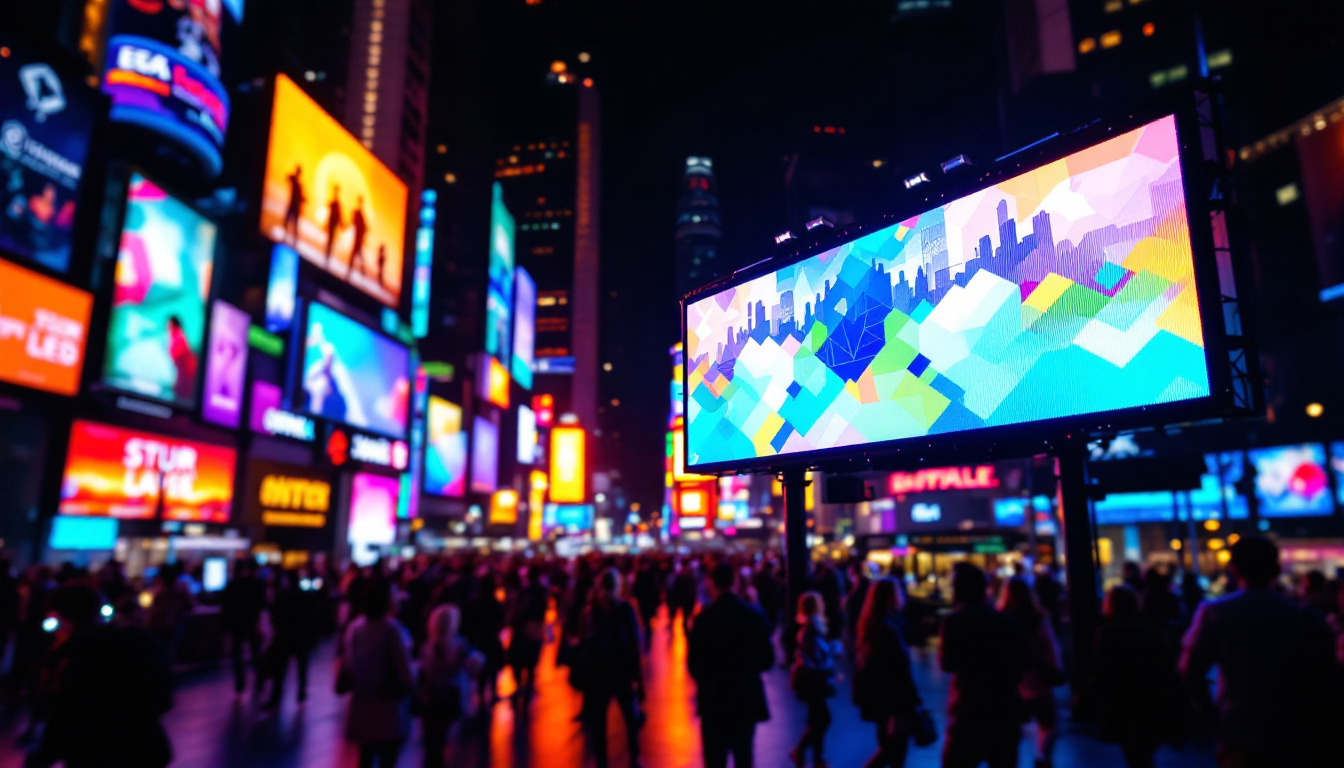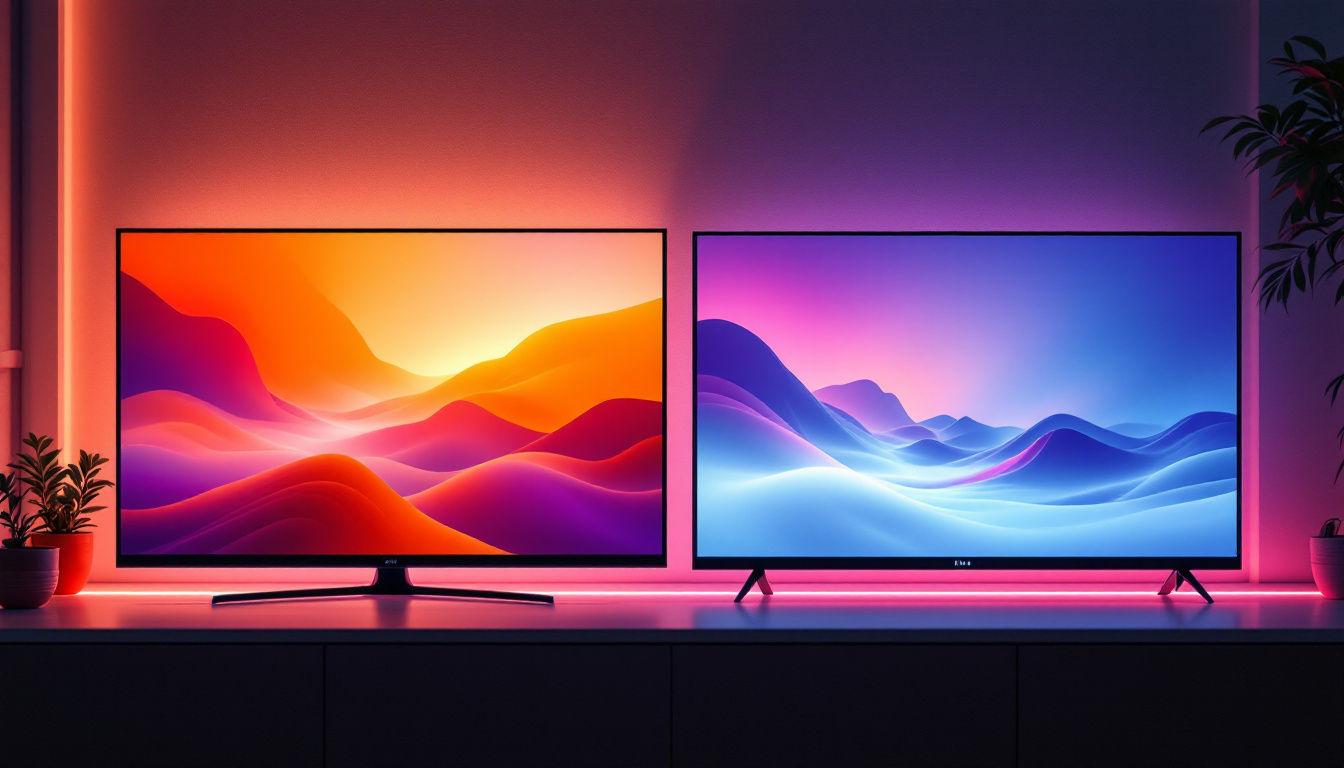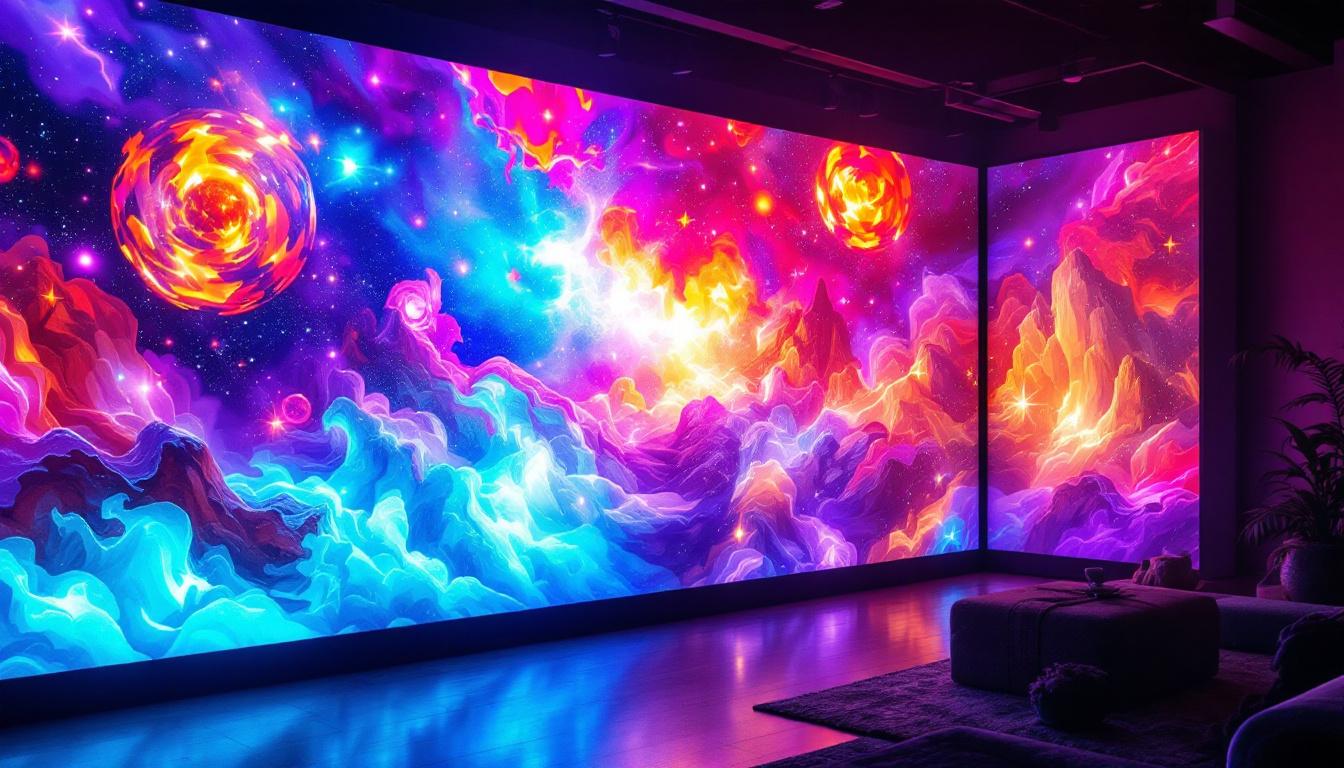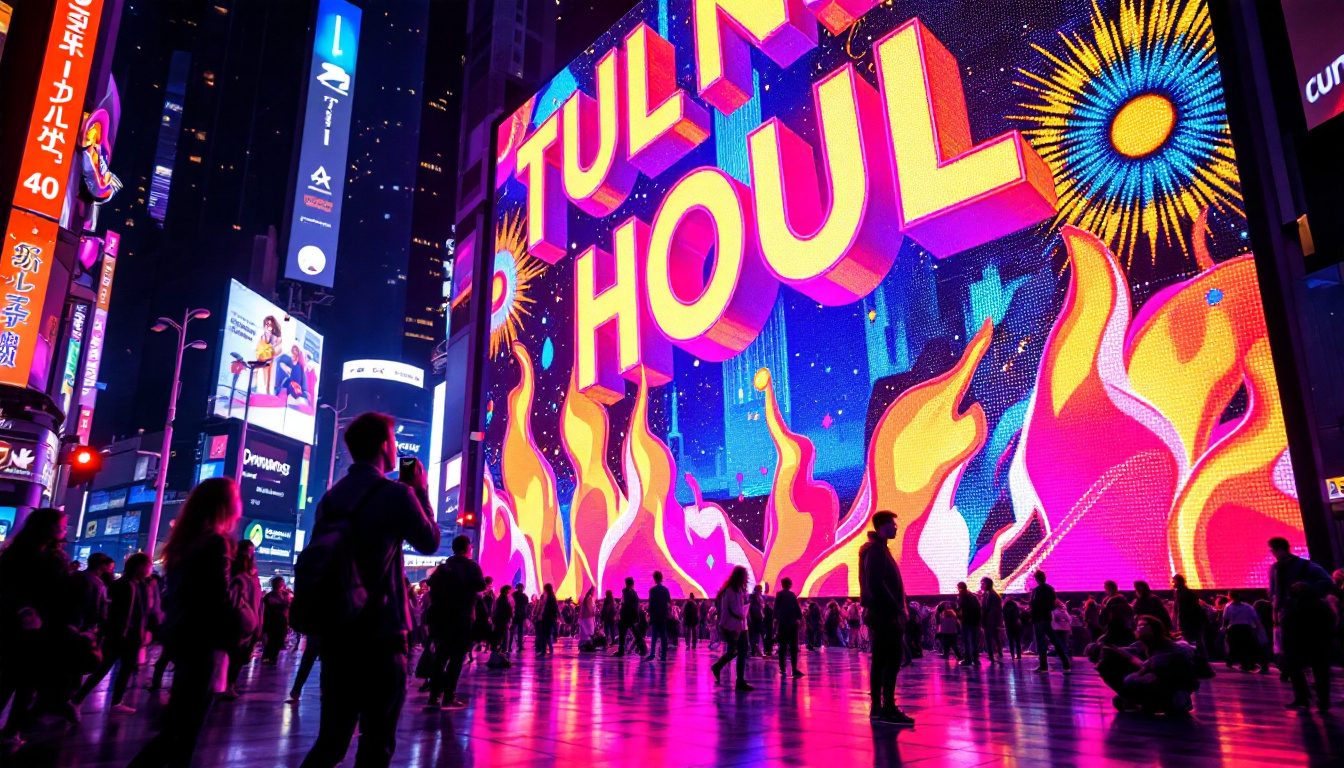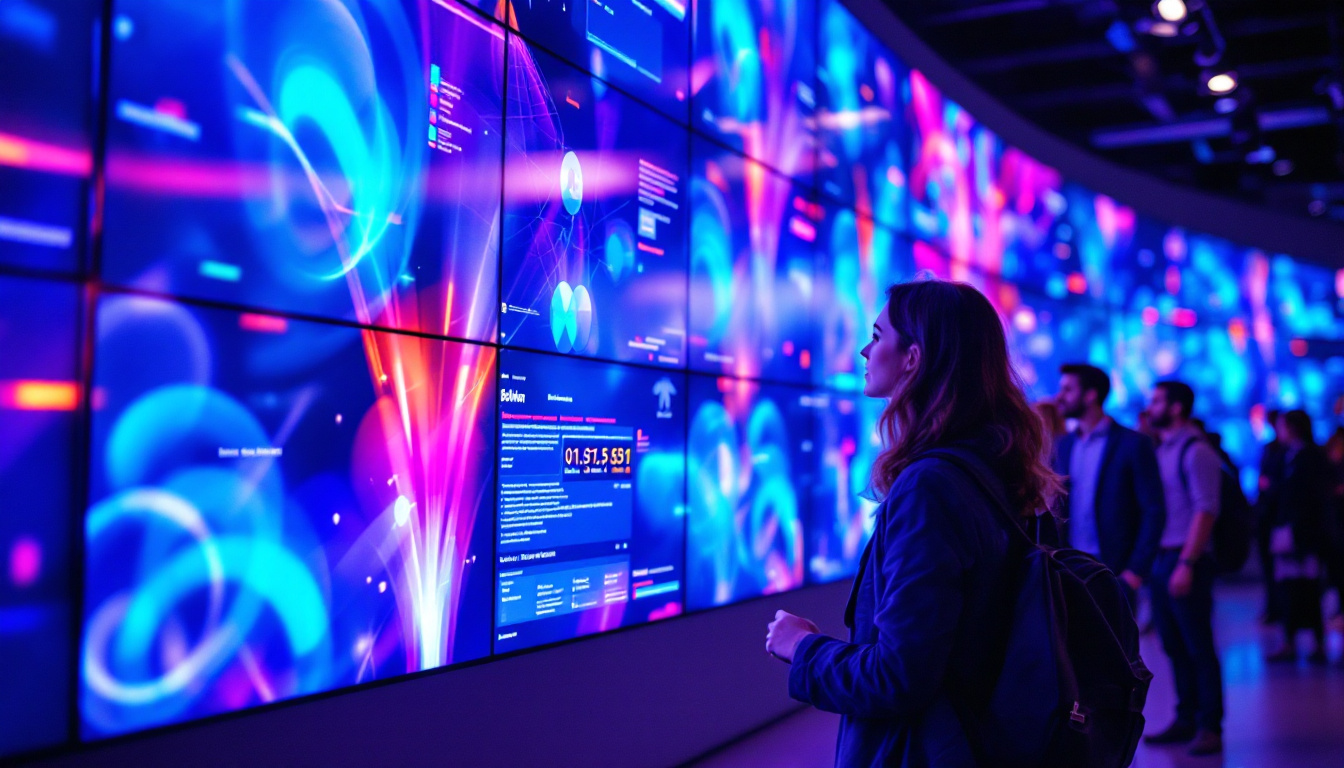In the dynamic world of advertising, visual impact is everything. Businesses continually seek innovative ways to capture attention and communicate their message effectively. One technology that has revolutionized advertising displays is the LED TV screen monitor. From vibrant colors to energy efficiency, LED displays offer unparalleled advantages for advertising purposes. This article delves into the intricacies of LED display technology, its benefits for advertising, and how businesses can leverage it to maximize engagement and ROI.
Understanding LED Display Technology
What Is an LED Display?
LED stands for Light Emitting Diode, a semiconductor device that emits light when an electric current passes through it. An LED display is a flat panel that uses an array of these tiny LEDs to produce images and videos. Unlike traditional LCD screens that rely on backlighting, LED displays use individual diodes to illuminate pixels, resulting in brighter images and better contrast.
LED displays come in various forms, including direct-view LED panels and LED-backlit LCD screens. Direct-view LED displays are composed entirely of LEDs and are often used for large-scale outdoor advertising billboards. In contrast, LED-backlit LCD monitors use LEDs as a backlight source behind an LCD panel, common in indoor advertising TV screens. The versatility of LED technology allows it to be employed in a wide range of applications, from small handheld devices to massive stadium screens, showcasing its adaptability to different environments and purposes.
Furthermore, the energy efficiency of LED displays is a significant advantage over traditional display technologies. They consume less power, which not only reduces operational costs but also contributes to a lower carbon footprint. This energy efficiency is particularly beneficial for large installations, such as digital billboards, where the cost of electricity can be substantial. As a result, businesses are increasingly opting for LED displays as a sustainable choice that aligns with eco-friendly practices.
How Do LED Displays Work?
Each pixel on an LED display consists of red, green, and blue LEDs. By varying the intensity of these three colors, the display can produce a wide color gamut and render vivid images. Advanced LED displays use fine-pitch technology, meaning the LEDs are packed closely together to deliver high resolution and sharp visuals even at close viewing distances. This technology allows for seamless integration of LED displays in various settings, from retail environments to art installations, where clarity and detail are paramount.
Modern LED displays often incorporate smart control systems that adjust brightness and color temperature based on ambient lighting conditions. This adaptability ensures optimal visibility in various environments, from brightly lit shopping malls to dimly lit conference rooms. Additionally, many LED displays now support advanced features such as touch interactivity and integration with content management systems, allowing for dynamic content updates and enhanced user engagement. These innovations not only improve the viewer experience but also open up new avenues for creative advertising and interactive installations, making LED displays a powerful tool in the digital landscape.
Advantages of LED TV Screen Monitors in Advertising
Superior Visual Quality
One of the primary reasons advertisers prefer LED displays is their exceptional visual quality. LED screens offer higher brightness levels compared to traditional LCD or plasma displays, making them ideal for environments with strong ambient light. For instance, an LED screen can reach brightness levels of 1,000 nits or more, whereas typical LCDs may only reach 300-500 nits.
This brightness ensures that advertisements remain clear and eye-catching even in direct sunlight, a crucial factor for outdoor advertising. Additionally, the high contrast ratio of LED displays produces deeper blacks and more vibrant colors, enhancing the overall viewer experience.
Energy Efficiency and Longevity
LED technology is renowned for its energy efficiency. Compared to older display technologies, LED monitors consume significantly less power, reducing operational costs for businesses. This efficiency is particularly beneficial for large-scale advertising installations that operate for extended hours daily.
Moreover, LED displays boast a longer lifespan, often exceeding 50,000 hours of operation. This durability translates to lower maintenance and replacement costs, making LED monitors a cost-effective investment over time.
Flexibility and Scalability
LED displays are highly versatile, available in various sizes and configurations. Whether it’s a small digital signage screen inside a retail store or a massive outdoor billboard, LED technology can be tailored to fit the advertising need.
Modular LED panels can be combined seamlessly to create custom-sized displays, allowing advertisers to design unique installations that stand out. This scalability is a key advantage for brands looking to create immersive advertising experiences or cover large surfaces with dynamic content.
Applications of LED TV Screen Monitors in Advertising
Indoor Digital Signage
Indoor advertising benefits greatly from LED TV screen monitors. Retail stores, airports, hotels, and corporate offices use LED displays to showcase promotions, announcements, and brand messages. The high resolution and vibrant colors of LED screens attract customer attention and enhance the ambiance of commercial spaces.
For example, luxury retail brands often install LED video walls to create immersive shopping experiences, blending advertising with aesthetic appeal. The ability to update content remotely and instantly also allows marketers to tailor messages based on time of day, audience demographics, or special events.
Outdoor Advertising Billboards
Outdoor LED billboards have transformed traditional advertising by enabling dynamic, eye-catching content that can be changed in real-time. Unlike static billboards, LED displays allow multiple advertisers to share the same space through scheduled content rotations, increasing revenue potential for billboard operators.
High brightness and weather-resistant designs make LED billboards suitable for busy highways, city centers, and sports arenas. For instance, Times Square in New York City is famous for its massive LED advertising screens that create a vibrant visual spectacle attracting millions of visitors annually.
Event and Exhibition Displays
Trade shows, concerts, and corporate events frequently utilize LED TV screen monitors to engage audiences. Large LED video walls serve as focal points for presentations, product launches, and entertainment, delivering impactful visuals that enhance the event experience.
The portability and modularity of LED panels make them ideal for temporary setups, allowing event organizers to customize display sizes and shapes according to venue requirements.
Choosing the Right LED Display for Advertising
Resolution and Pixel Pitch
The resolution of an LED display is a critical factor in determining image clarity. Pixel pitch, measured in millimeters, refers to the distance between the centers of adjacent LEDs. A smaller pixel pitch means higher resolution and sharper images, essential for displays viewed up close.
For indoor advertising, pixel pitches ranging from 1.2mm to 2.5mm are common, providing crisp visuals for viewers standing within a few feet. Outdoor displays typically have larger pixel pitches (4mm to 10mm) since they are viewed from greater distances.
Brightness and Contrast Ratio
Brightness is measured in nits and directly affects visibility under different lighting conditions. Outdoor LED displays require higher brightness levels (up to 7,000 nits) to remain visible in direct sunlight, while indoor displays function well at lower levels (500 to 1,000 nits).
Contrast ratio—the difference between the brightest whites and darkest blacks—also impacts image quality. Higher contrast ratios enhance the depth and realism of displayed content, making advertisements more engaging.
Durability and Weather Resistance
For outdoor advertising, durability is paramount. LED displays must withstand rain, wind, dust, and temperature fluctuations. Look for displays with IP65 or higher ratings, indicating strong protection against water and dust ingress.
Additionally, robust casing materials and anti-glare coatings contribute to the longevity and effectiveness of outdoor LED monitors.
Maximizing Advertising Impact with LED Displays
Content Strategy and Dynamic Messaging
LED displays offer the unique advantage of dynamic content delivery. Advertisers can schedule multiple messages, animations, and videos to run at different times, targeting specific audiences or promotional campaigns.
Data-driven content strategies, such as integrating real-time social media feeds or location-based offers, can increase engagement and conversion rates. For example, a restaurant might display lunch specials during midday and switch to dinner promotions in the evening, optimizing relevance and appeal.
Integration with Interactive Technologies
Combining LED displays with interactive elements like touchscreens, QR codes, or augmented reality can further enhance user engagement. Interactive advertising encourages active participation, making the brand experience memorable and increasing the likelihood of customer action.
Retailers often use LED monitors with motion sensors or facial recognition to tailor advertisements based on customer demographics, creating personalized marketing at scale.
Measuring Effectiveness and ROI
One of the challenges of advertising is quantifying impact. LED displays integrated with analytics tools can track viewer engagement, dwell time, and interaction rates. These insights help marketers refine content strategies and justify investment in digital signage.
Studies indicate that digital signage, particularly LED displays, can increase sales by up to 30% in retail environments. This measurable impact underscores the value of incorporating LED technology into advertising campaigns.
Future Trends in LED Advertising Displays
MicroLED and MiniLED Innovations
Emerging technologies like MicroLED and MiniLED promise even greater brightness, color accuracy, and energy efficiency. MicroLED displays use microscopic LEDs to create pixels, offering superior image quality and longer lifespans compared to conventional LEDs.
As production costs decrease, these technologies are expected to become mainstream in advertising, enabling ultra-high-definition displays with unprecedented visual fidelity.
Smart and Connected Displays
Integration with IoT (Internet of Things) allows LED advertising screens to become smarter and more responsive. Connected displays can adjust content automatically based on environmental data, audience demographics, or even weather conditions.
For example, a connected LED billboard might display sunscreen ads on sunny days and raincoat promotions during storms, enhancing relevance and engagement.
Sustainability and Eco-Friendly Designs
With growing emphasis on sustainability, LED manufacturers are focusing on reducing environmental impact. Innovations include recyclable materials, reduced power consumption, and eco-friendly manufacturing processes.
Advertisers can align their brand values with these green technologies, appealing to environmentally conscious consumers while benefiting from cost savings.
Conclusion
LED TV screen monitors have transformed advertising by offering vibrant, energy-efficient, and versatile display solutions. Their superior visual quality, adaptability, and durability make them ideal for a wide range of advertising applications, from indoor digital signage to massive outdoor billboards.
By understanding the technology behind LED displays and strategically leveraging their capabilities, businesses can create compelling advertising experiences that captivate audiences and drive measurable results. As LED technology continues to evolve, embracing these innovations will be key to staying ahead in the competitive advertising landscape.
Illuminate Your Brand with LumenMatrix
Ready to elevate your advertising strategy with the vibrant, energy-efficient, and versatile display solutions discussed in this article? LumenMatrix is at the forefront of LED display innovation, offering a wide array of products from Indoor LED Walls to Custom LED Displays, designed to create captivating visual experiences that enhance brand visibility. Embrace the future of visual communication with our cutting-edge digital signage and LED display solutions. Check out LumenMatrix LED Display Solutions today and transform the way your business connects with audiences.





